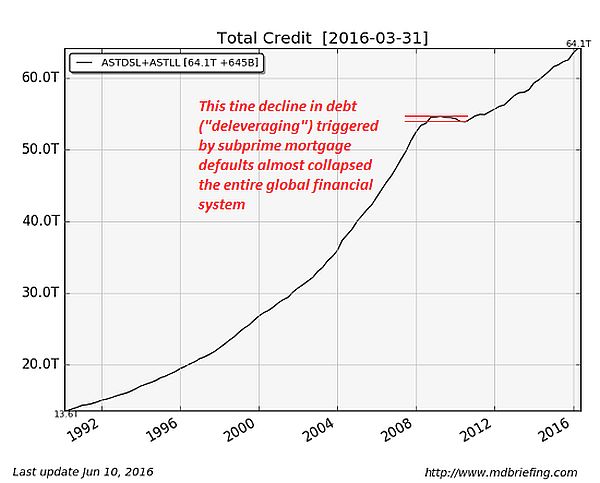 The main reason people obtain unsecured loans is to avoid putting up collateral. Collateral are assets that will be taken by the lender in the event the individual defaults on the loan.
The main reason people obtain unsecured loans is to avoid putting up collateral. Collateral are assets that will be taken by the lender in the event the individual defaults on the loan.
However, when you default on an unsecured loan the lender just doesn’t count their losses and go away. Of course not! This is the main misconception most people have about unsecured loans.
They think that because they haven’t signed off on any assets valuables can’t be seized. That is false. In fact, in most cases the effects of defaulting on an unsecured loan are worse than in the secured loan scenario.
What can the lender do?
So what can the lender do if the individual defaults on an unsecured loan?They can (and most likely will) take legal action against you. More specifically, they will sue in order to gain compensation for their lost investment. This can trigger a long chain of legal complications. Continue reading

